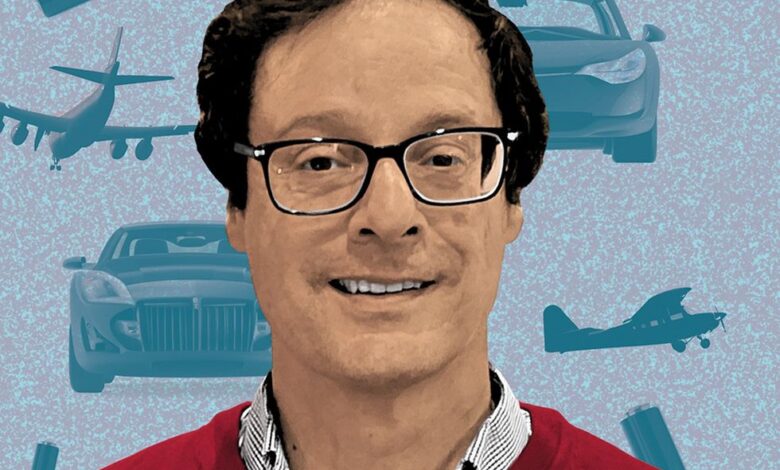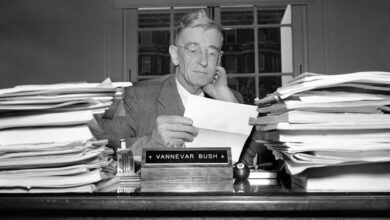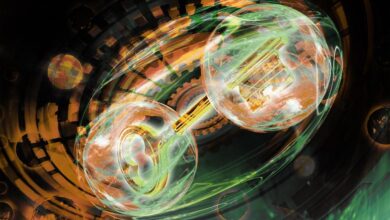Farewell, Philip E. Ross

Here’s a pretty reliable sign you’re having a great career in journalism: You’re meeting exceptionally interesting people on a regular basis. Indeed, some of them are people you work with every day.
All of us at IEEE Spectrum have experienced that good fortune working with Senior Editor Philip E. Ross, who is retiring after this issue. Since 2006, Phil has been a staff stalwart, writing and editing about vehicles, batteries, aircraft, outer space, electric motors, and hypersonics.
Phil started his journalism career in 1987 in the Detroit bureau of The New York Times. After a couple of years, much of it spent reporting on the technology of cars and factories, he jumped to Scientific American.
“The first science article I edited was on nanoclusters,” he recalls. “My lead was, ‘Take a lump of metal, divide and subdivide it almost to the end—but not quite. You now have a nanocluster.’ From that point, the article went downhill.” He throws his head back and laughs—a loud, infectious laugh that has been an intrinsic part of Spectrum’s office ambiance.
Yes, he can recite a lead from 33 years ago. Even for a journalist, Phil has a head swarming with words. Staring at his monitor, he sometimes mumbles to himself, sounding out phrases for a story or just for the pleasure of hearing how the words fit together. In conversation, he speaks rapidly, gesticulates energetically, and is apt to quote anybody or anything: Samuel Johnson, John Maynard Keynes, Bugs Bunny. Private Eye magazine from the 1970s. The movies Casablanca, Life of Brian, and Animal House.
In the rollicking 1990s, Forbes hired him away from Scientific American, and then a startup magazine called Red Herring hired him away from Forbes. “There was one time in the history of the world when it was really good to be a business-technology journalist,” he says. “It was late 1999 through early 2000. My phone was ringing off the hook with headhunters trying to get me to join one of the startup magazines sprouting like mushrooms in California, under the nourishing flow of technology ads that were at an all-time high, thanks to the dot-com bubble.” (Full disclosure: At Red Herring, Phil then hired me away from Scientific American.)
Next and final stop: IEEE Spectrum. Here, Phil got to exercise the full range of his talents. You could give Phil a manuscript and, no matter what condition it was in or what it was about, he would quickly turn it into something engaging and well structured. Among his recent hits: “How an Electrical Engineer Solved Australia’s Most Famous Cold Case.”
When reporting from his office, he had no use for a notebook or a recorder. He would call up a source and barrage them with razor-sharp questions, typing the answers all the while in a pounding, machine-gun cadence. I have a feeling his sources did not know what hit them.
One of the many things I always appreciated about Phil was that he was an unabashed throwback to an earlier and in many ways superlative era in journalism. “I like to talk to people of that age, and hear their war stories,” he says of those older ink-stained wretches. “But I always felt a little envious of those guys for having such colorful war stories to relate, when I had such comparatively bland experiences.
“Either they lived in a better era, which I think is true, or they were colorizing the past. Which was also probably true.”
IEEE Spectrum



